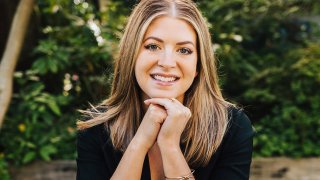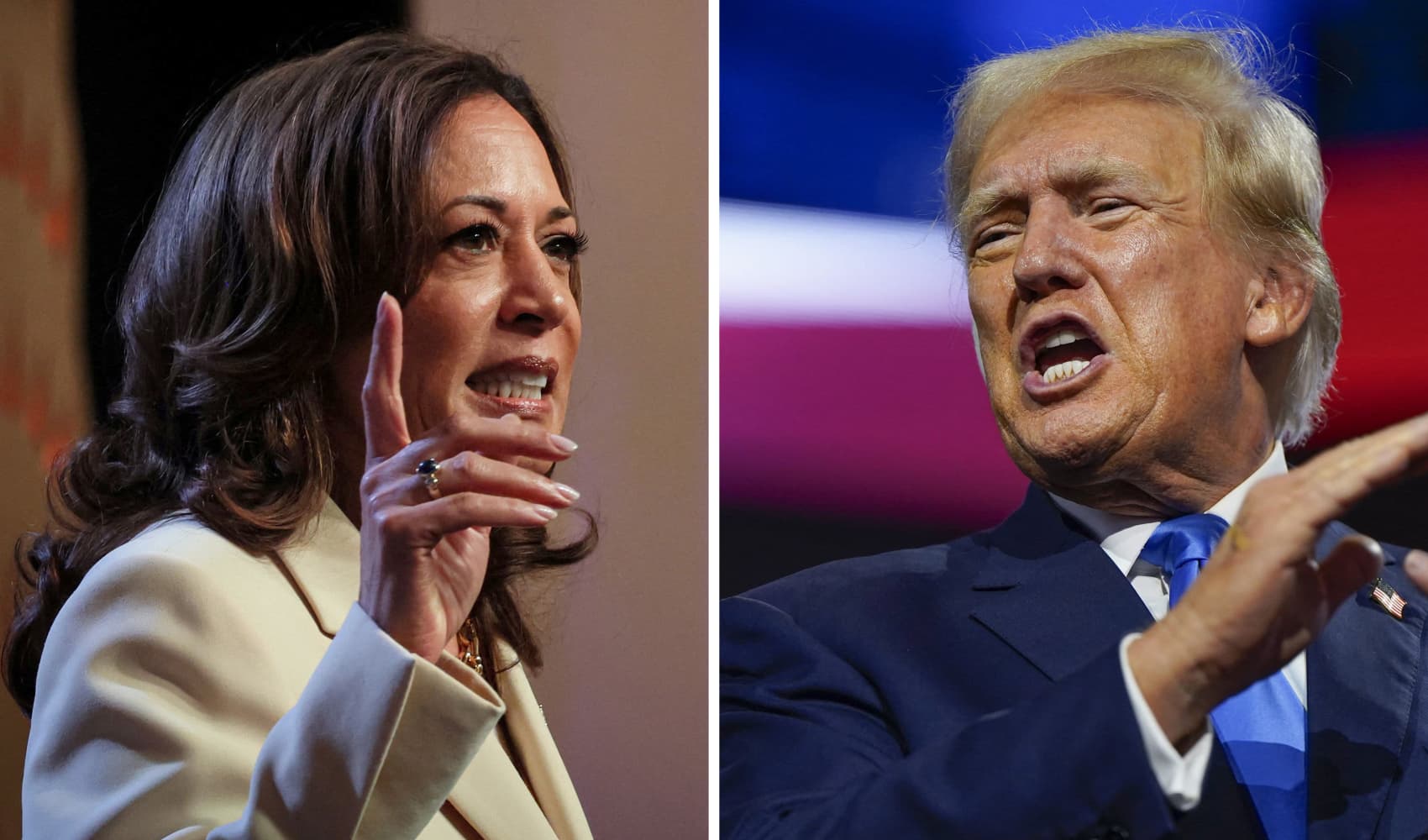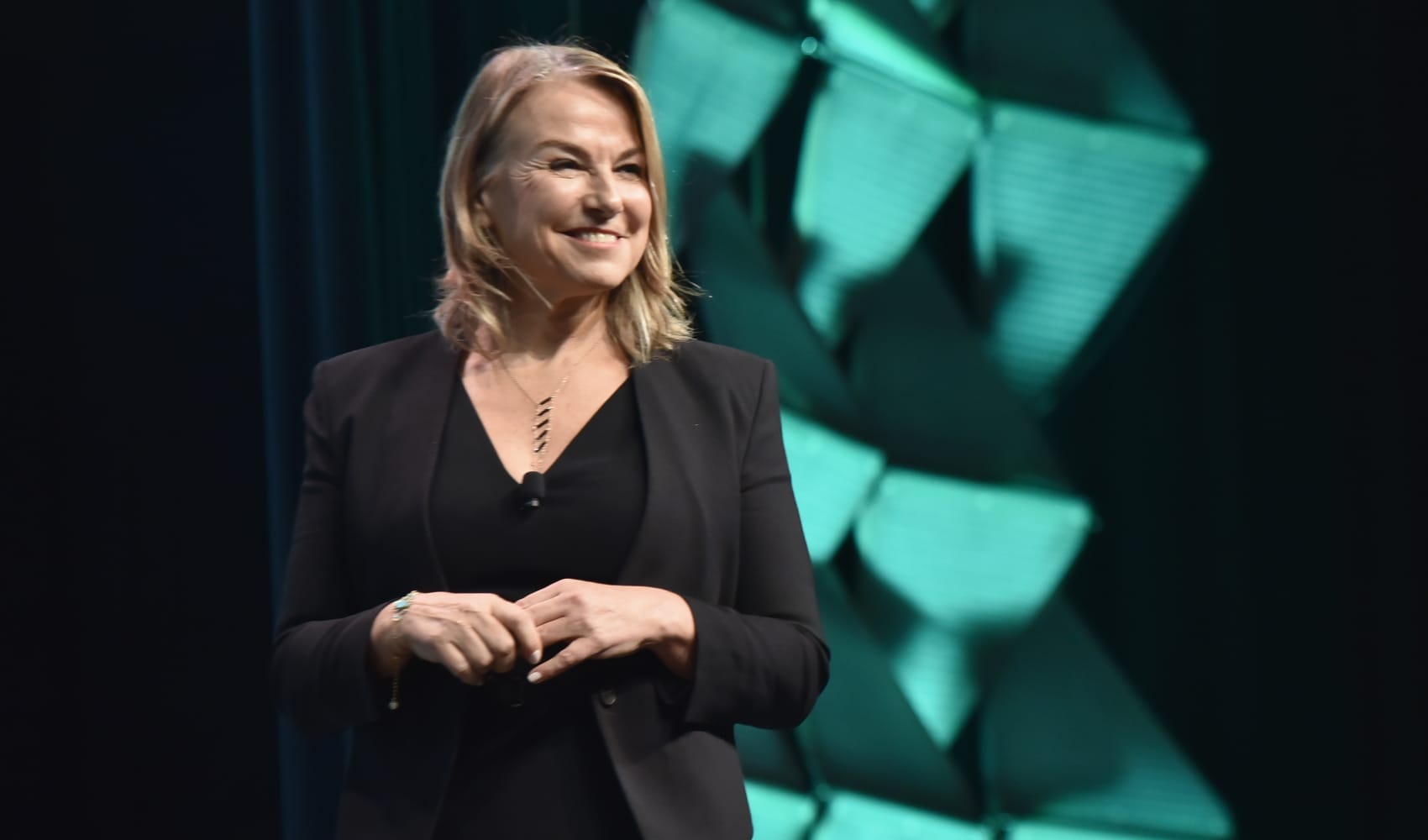
In 2017, by age 24, Rachel Richards had already worked as a financial advisor and then as a financial analyst at a manufacturing firm. After picking up her license, she began working as a Realtor. No matter what kind of work she was doing, one thing remained constant: People in her life were constantly looking to her for help with their finances.
"I began to wonder, 'Why aren't they learning on their own? Why aren't they reading books, or listening to podcasts or looking on websites?'" says Richards, now 30.
Then it dawned on her: Most of the financial books she'd come across were boring and esoteric, bordering on intimidating. And few were targeted toward young women. "So I thought to myself, 'How can I make this topic sassy and fun and simple?'"
Richards began writing her first book, "Money Honey" in January 2017 and self-published on Amazon that September. By just about any measure, it was a massive success. In its first month, the book brought in $600. The next month it brought in $1,000. "After that, it was pulling in $1,500 a month pretty consistently," she says.
Get top local stories in Connecticut delivered to you every morning. Sign up for NBC Connecticut's News Headlines newsletter.
In the same year, Richards had begun building a thriving real estate business. Soon, income from her rental properties would allow her to retire in 2019 at the age of 27.
The robust income she earned from publishing didn't hurt. All told, through the end of July 2022, Richards has sold about 25,000 copies each of "Money Honey" and her second self-published book, "Passive Income, Aggressive Retirement," a 2019 release which details her strategies for early retirement.
In 2021, royalties from the two titles netted Richards more than $97,000 in profit. Here's how she did it.
Money Report
She self-published online
Richards, like many aspiring authors, dreamed of seeing her name in print through the window of her local bookstore. She also hoped that with a traditional book deal, the publisher would handle the labor-intensive task of promoting the book. That turned out not to be the case.
"The more I asked authors about their experience, the more I learned that publishers expect you to do 99% of the marketing and promotion," Richards says. "If you're an author with no platform, they're not going to send you out on a national book tour."
Once she learned she'd have to flog the book herself no matter what, Richards was far less inclined to give a publisher a big chunk of her royalties. "When you get a book deal, you earn a 10% to 15% royalty. When you publish on Amazon, you earn a 35% to 70% royalty." (Royalty structures vary between different formats, such as e-books and paperbacks, and factor in costs such as shipping and tax.)
She also says that self-publishing guarantees creative control, even if it comes at a cost. Thinking her book wouldn't sell and hoping to limit her losses, Richards spent just $561 to hire an editor and a cover designer for "Money Honey." She says a more "realistic" minimum budget is at least $2,000 and ideally would include an interior formatter as well. She spent $3,500 putting together her second book.
Self-publishing on Amazon has also given Richards the ability to offer her books in different formats for different types of readers. These days, the e-book version of "Money Honey" sells for $9.99, the paperback goes for $15.99 and the audiobook costs $17.46.
She launched her book strategically
During the course of reading books on self-publishing, it became clear to Richards that she would need a launch team — a dedicated group of supporters who would buy and champion her book. But in 2017, she didn't have a large social media following or an email list of clients.
But she was involved in several Facebook groups filled with younger women. "Here was 13 million female millennials. The groups weren't necessarily financial, but I would go on and say, 'My name is Rachel. I'm a former financial advisor. Here's what I think,'" she says. After a while, she says, Richards became the go-to person in the groups for financial advice. "These Facebook groups really helped me build credibility with these women."
Richards began introducing the idea that she was working on a book. She asked her fellow group members to vote on potential titles and cover designs. "They became emotionally invested," she says. "They were my informal launch team."
Once the book was published, Richards began interacting 1-on-1 with anyone and everyone she thought she could get interested in the book. "I would personally message people and say, 'Hey it's out. Could you go download it?'" she says. "I sent out hundreds of emails. I texted every contact in my phone. I was really aggressive."
Her other big ask, besides downloads: Reviews. "Getting reviews early on is as important as getting sales," Richards. "Amazon will put your book in front of more organic people if they see you have a lot of reviews and activity."
After its first few days on the market, Richards' book had 60 reviews.
She found a market niche
Even with a solid launch, Richards doesn't think her book would have enjoyed sustained sales had it not occupied a particular niche in the market. "You have to have a unique value proposition. Why would somebody buy my book over the thousands that are already out there?" she says. "For me, at the time, there weren't many books out there that made finance funny — that had humor and were sassy and sarcastic. It was a lot of books by old white men."
Richards also made sure her book was available and attractively priced for different types of readers. Initially, that meant a five-day launch period during which the book could be digitally downloaded for free. "It's worth giving up some profits to get the book into the hands of more people," Richards says. "Then you go to $0.99, $1.99 and so forth."
Richards has played around with the pricing over the years to see how it affected profitability, but always kept an eye on her competitors. "I always wanted to be priced a little bit lower. If [a competitor's book] is at $6.99, I intuitively want to be at $5.99."
After some recent pricing changes, Richards now earns the largest royalty — $6.68 — from sales of e-book versions of "Money Honey." She nets $6.39 on paperbacks and $4.31 per audiobook. (Profits on sales of her second book are similar.)
Pricing tactics aside, Richards chalks up her books' continued success to the service they provide for readers. "I published telling myself that if I could help one person, I'd be happy," she says. "And then about six months after I published I started getting emails from strangers and random people all over the country."
Readers had paid off their student loans. They had paid down their credit card debt. People told Richards the book had changed their lives. Richards had spent just $75 to advertise her book, and here it was doing more than she had ever set out to do.
"I thought, it must be selling off word-of-mouth," she says. "And if it's helping people like this, I must have written something good."
Sign up now: Get smarter about your money and career with our weekly newsletter






